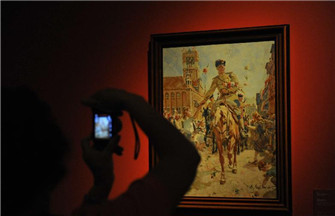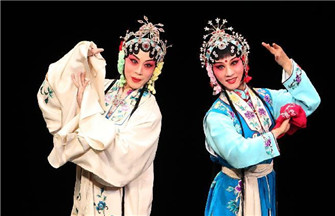Images of gloomy times
By Lin Qi ( China Daily ) Updated: 2015-09-01 07:39:51
 |
|
Chinese artworks at the ongoing show, Through the Eyes of History: A Hard Journey to Peace.[Photo by Jiang Dong/China Daily] |
The original-one of the world's tallest statues of a woman, at 87 meters high-rests on the top of Volgograd's Mamayev Kurgan Hill. The strategically important hill was the site of fierce fighting during the Battle of Stalingrad from August 1942 to February 1943.
The sculpture of a screaming goddess outstretching her left arm and pointing to the sky with a sword held in her right hand was installed in 1967 to honor Russian fighters.
"The Motherland Calls ranks among the best war-related artworks," Zhang says.
Also iconic is the painting Wartime, the Besieged Leningrad, which portrays sufferings from the 872-day siege during the Leningrad Blockade, another crucial front in Russia's Great Patriotic War.
It shows a terrified mother and her young daughter on the streets. The girl wears a yellow skirt, representing hopes for peace.
Letter from the Front depicts a household's joy upon reading correspondences about victory while Children in Wartime reveals the sorrow of a family receiving the notice of a loved one's death.
"It's rare to see such large-scale anti-fascist exhibitions by Chinese and Russian artists side-by-side," Zhang says.
"Universal themes emerge-loyalty to history and people's true feelings."
The shows also reveal how Russian art influenced Chinese in the second half of the 20th century.
- Bronze wares themed exhibition held in C China
- Photo exhibition marks anti-Japanese war victory in Beijing
- 'Spotlight on China' photography exhibition calls for submissions
- Russian art exhibition commemorates World Anti-Fascist War Victory
- Exhibition of World Anti-Fascist War victory held at UN headquarters
|
|
|
|
|
|
|
|
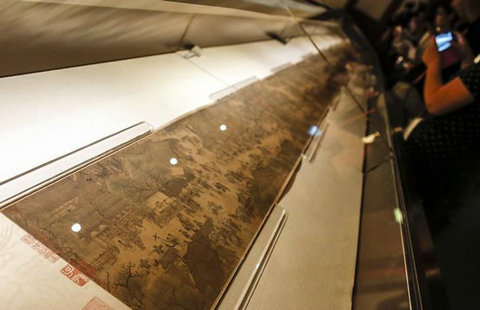
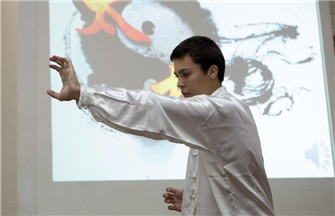

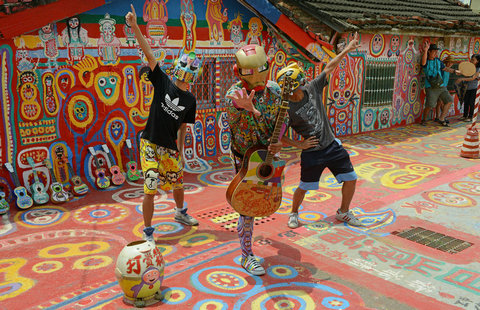
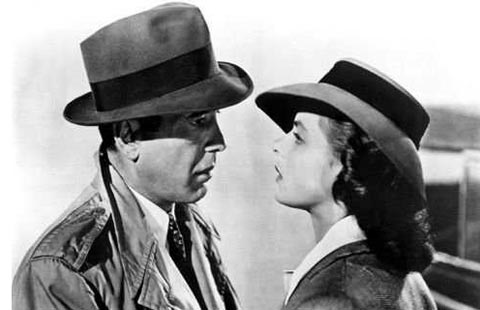

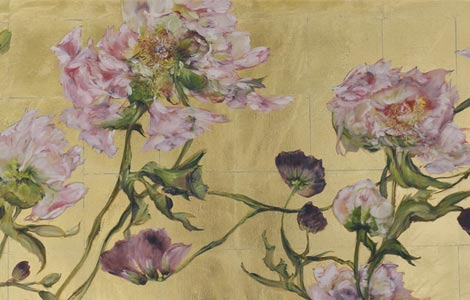
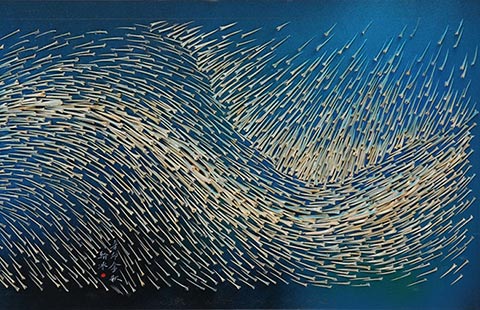
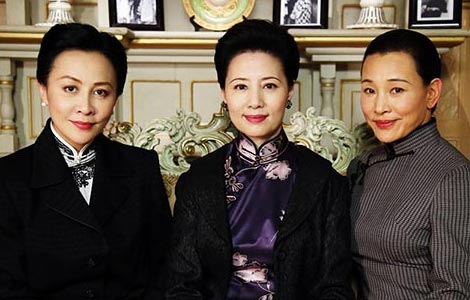
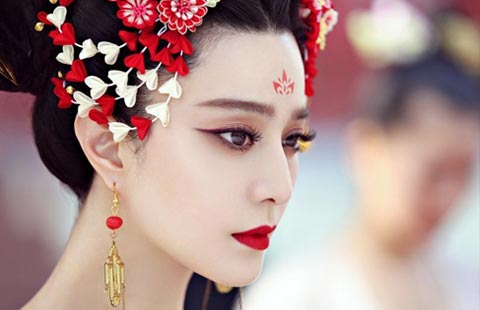







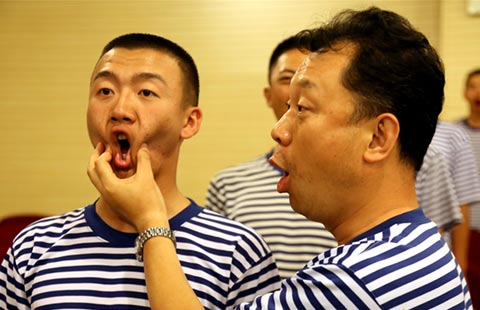

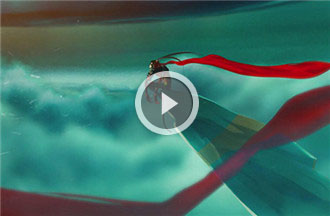
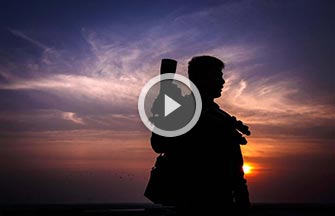
 Raymond Zhou:
Raymond Zhou: Pauline D Loh:
Pauline D Loh: Hot Pot
Hot Pot Eco China
Eco China China Dream
China Dream China Face
China Face
